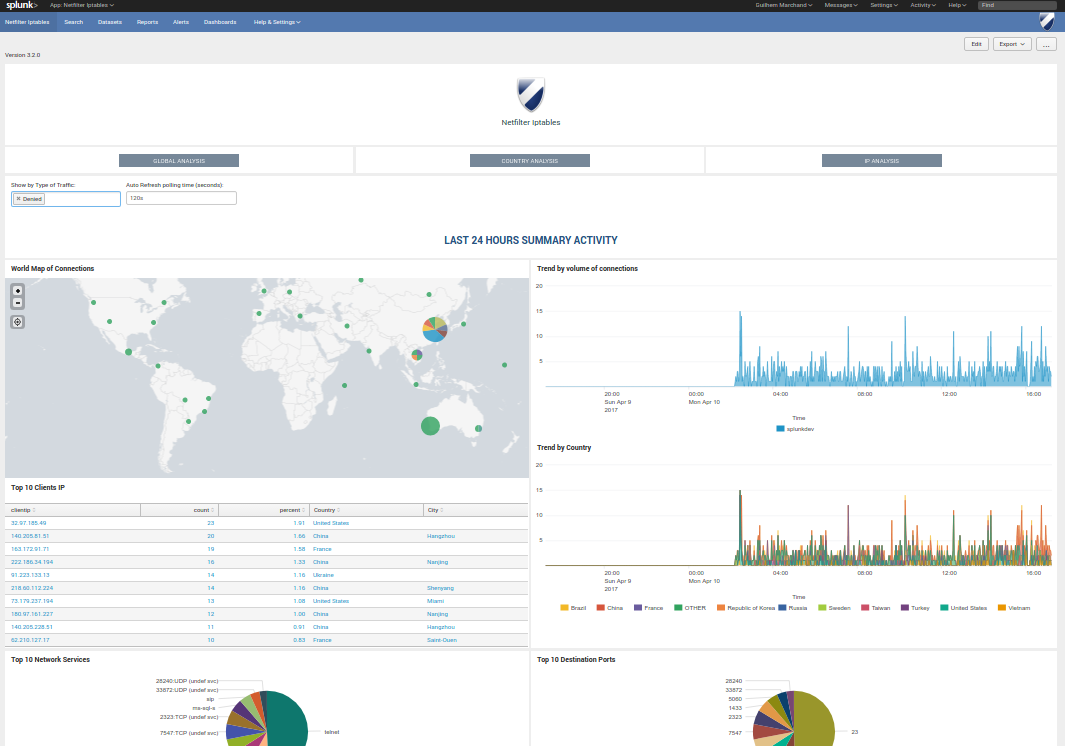

This involves setting up multiple Splunk instances (indexers, search heads, forwarders) strategically to optimize data handling and search performance.ģ️⃣ High Availability and Redundancy: Implementing high availability mechanisms guarantees uninterrupted access to data in case of server failures.

A well-thought-out capacity plan ensures smooth operations and scalability.Ģ️⃣ Distributed Deployment: To handle increasing data volumes, consider a distributed deployment architecture. Here are some best practices for deploying Splunk effectively:ġ️⃣ Proper Capacity Planning: Understanding your data volume and expected growth is essential to plan for the right infrastructure and hardware requirements. 🚀 Excited to share some insights on Splunk deployment practices! 🚀Īs businesses strive to harness the power of their data, Splunk emerges as a crucial tool in turning data into actionable insights. #Splunk #ConfigurationFiles #SearchHead #DataAnalytics If you have any questions or insights to share, please leave a comment below. That wraps up our overview of configuration files on the Search Head in Splunk! Understanding and managing these files effectively will empower you to tailor your Splunk environment to meet your unique needs. Make sure to consult the documentation for in-depth guidance.
#Splunk authentication conf pro#
💡 Pro Tip: Splunk's official documentation provides detailed information on each configuration file, including the available settings and their respective syntax. 🔒 Best Practices for Managing Configuration Files:ġ️⃣ Always back up your configuration files before making any changes to avoid accidental misconfigurations.Ģ️⃣ Use a version control system to track changes to your configuration files and easily revert to previous versions if needed.ģ️⃣ Leverage the Splunk Deployment Server to centrally manage and distribute configuration files across multiple search heads.Ĥ️⃣ Document your changes, including the purpose and impact of each modification, to facilitate troubleshooting and future reference. 📌 Understanding Splunk Configuration Files:ġ️⃣ Splunk's configuration files are text-based files that control the behavior of your Splunk environment, including search heads.Ģ️⃣ Configuration files are located in the `$SPLUNK_HOME/etc/system/local` directory on the search head.ģ️⃣ These files store settings for various aspects, such as user interfaces, search behavior, alerting, and more.ġ️⃣ ` nf`: This file defines data inputs on the search head, such as monitoring files, network inputs, and scripted inputs.Ģ️⃣ ` nf`: Contains settings related to the search head's behavior, including general server settings, SSL configuration, and authentication settings.ģ️⃣ ` web.conf`: Controls the web interface settings, including access controls, session timeouts, and UI customization.Ĥ️⃣ ` nf`: Manages system resource limits, such as concurrent searches, disk space usage, and memory allocation.ĥ️⃣ ` nf`: Configures authentication mechanisms, such as LDAP or SAML integration, for user authentication on the search head.Ħ️⃣ ` nf`: Defines user roles and permissions, including capabilities and access controls.ħ️⃣ ` nf`: Stores scheduled searches, real-time alerts, and their configurations.Ĩ️⃣ ` nf` and ` nf`: Control data parsing, field extractions, and transformations. Let's jump right in and uncover the key configuration files you should be familiar with.

As a powerful data analytics platform, Splunk allows you to configure various settings to customize and optimize your search experience. Hello #LinkedIn community! In this post, we'll explore the configuration files on the Search Head in Splunk. 📢 Dive into Splunk Configuration Files on the Search Head! 🚀


 0 kommentar(er)
0 kommentar(er)
